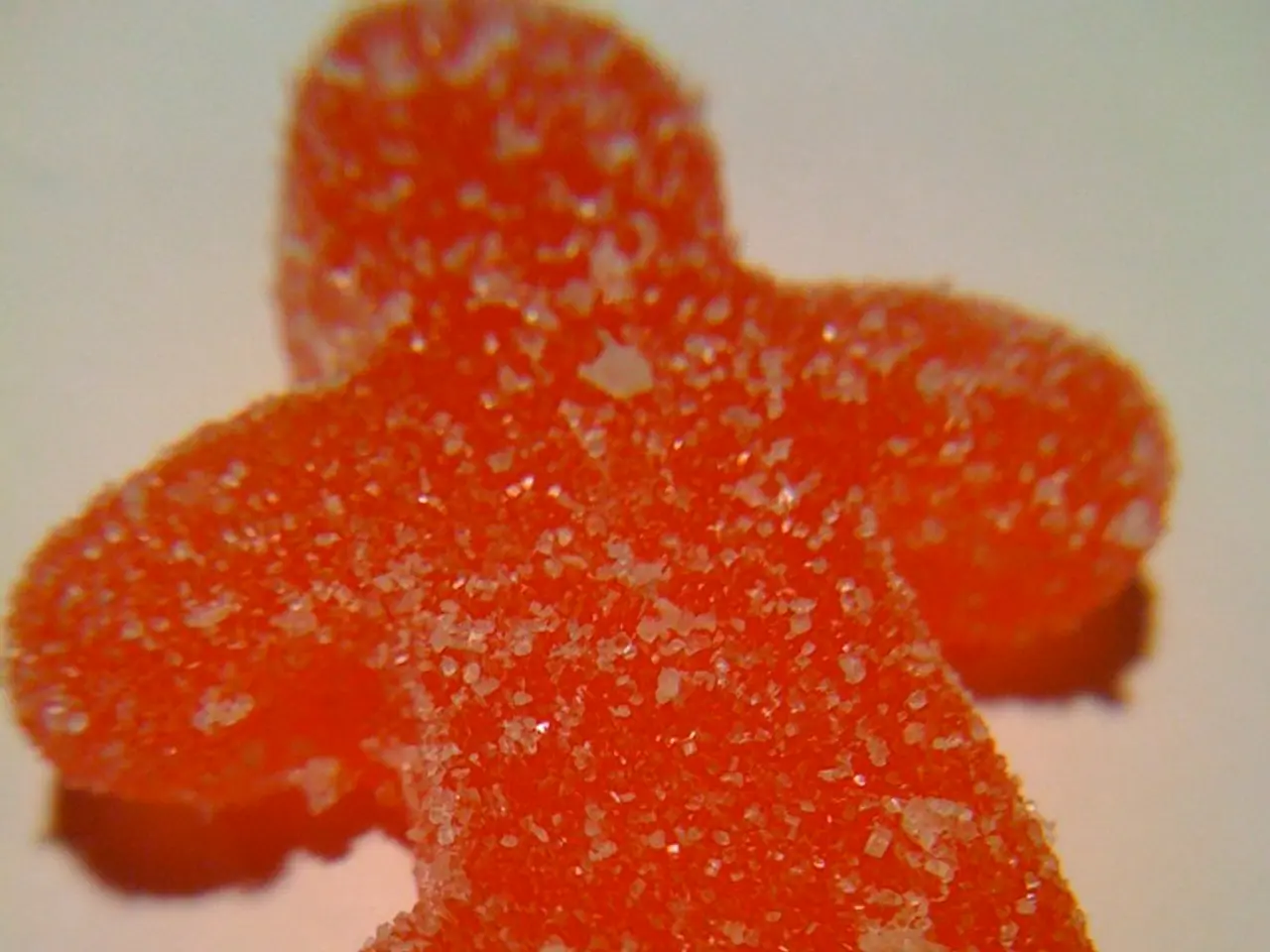Pakistan's Sugar Orders Signal Strong Demand as Brazil's Production Slips
Pakistan has placed substantial orders for sugar, indicating robust global demand. Meanwhile, sugar prices have started to rise due to reduced production in Brazil's Center-South region.
The sugar content in Brazil's Center-South sugarcane crush in the first half of September dropped to 154.58 kg/ton, down from 160.07 kg/ton last year. This decrease, along with a 15.7% year-on-year increase in sugar output in the same period, has led to a rise in sugar prices. NY and London sugar markets extended their downtrend last Tuesday due to expectations of abundant global supplies, but prices rallied to multi-month highs on Tuesday as production concerns emerged.
StoneX projects a global sugar surplus of +2.8 MMT for the 2025/26 season, a significant turnaround from the -4.7 MMT deficit expected in the previous season. This shift is driven by increased production from major producers. Brazil's sugar production in the Center-South region is projected to rise by 18%, while India expects a 25% increase to 35.3 million tons due to favorable monsoon rains. Global sugar production is forecast to reach a record 189.3 million tons, up 4.7% from the prior year.
Pakistan has ordered a total of 320,000 MT of sugar for immediate delivery, reflecting stronger global demand.
Despite initial expectations of abundant global sugar supplies, the recent rally in sugar prices suggests a tightening market. This is driven by reduced production in Brazil and increased demand, as evidenced by Pakistan's substantial orders. The global sugar surplus projected for the 2025/26 season indicates a balanced market, but production and demand dynamics will continue to influence prices.
Read also:
- State Supreme Court Rules in Favor of Hogg Hummock Residents, Referendum on Zoning Change to Proceed
- chaos unveiled on Clowning Street: week 63's antics from 'Two-Tier Keir' and his chaotic Labour Circus
- Budget discrepancy jeopardizes highway projects' financial support
- Racing ahead in Renewable Energy Dominance: Changzhou, Jiangsu Pushes for Worldwide Renewable Energy Ascendancy







